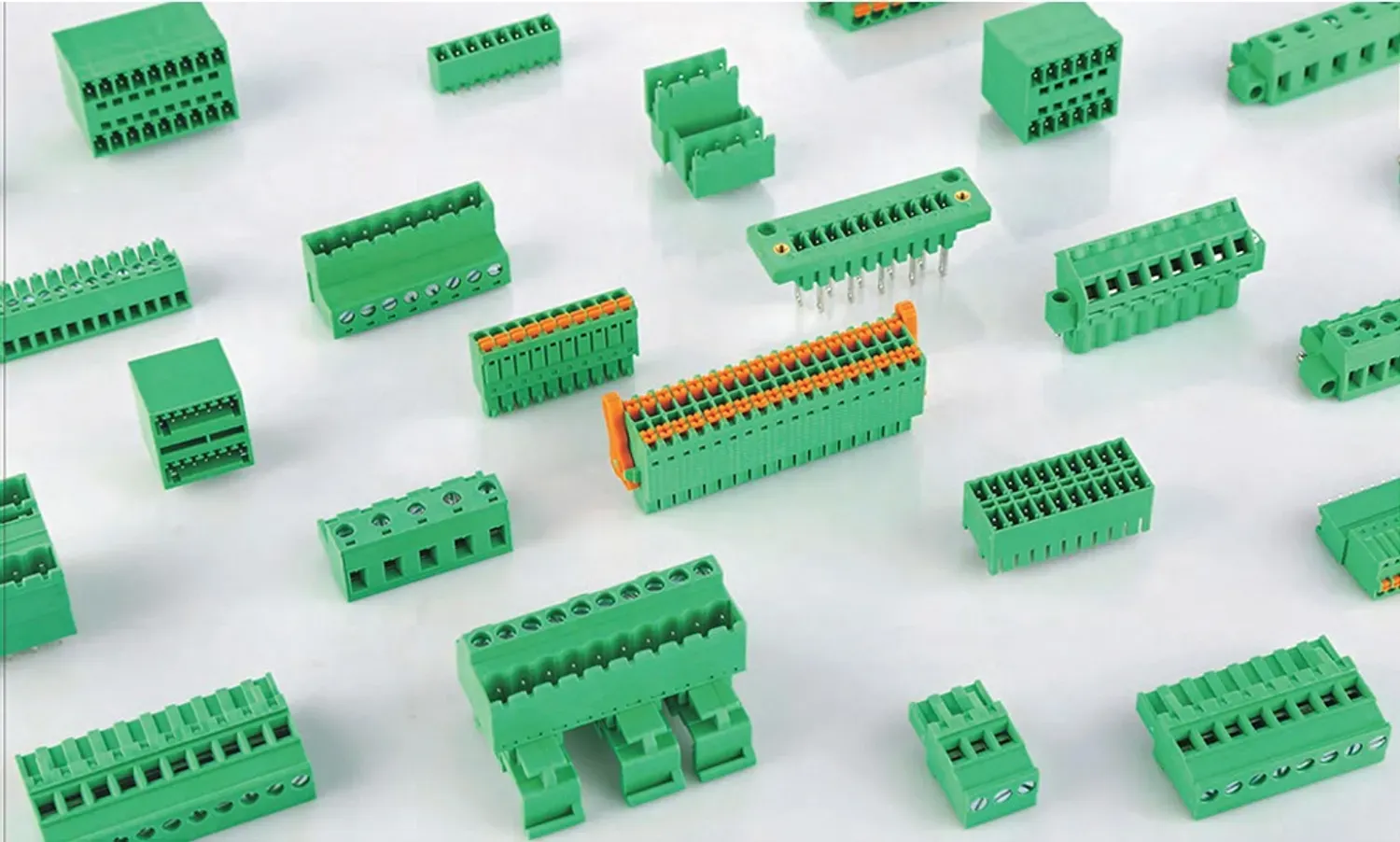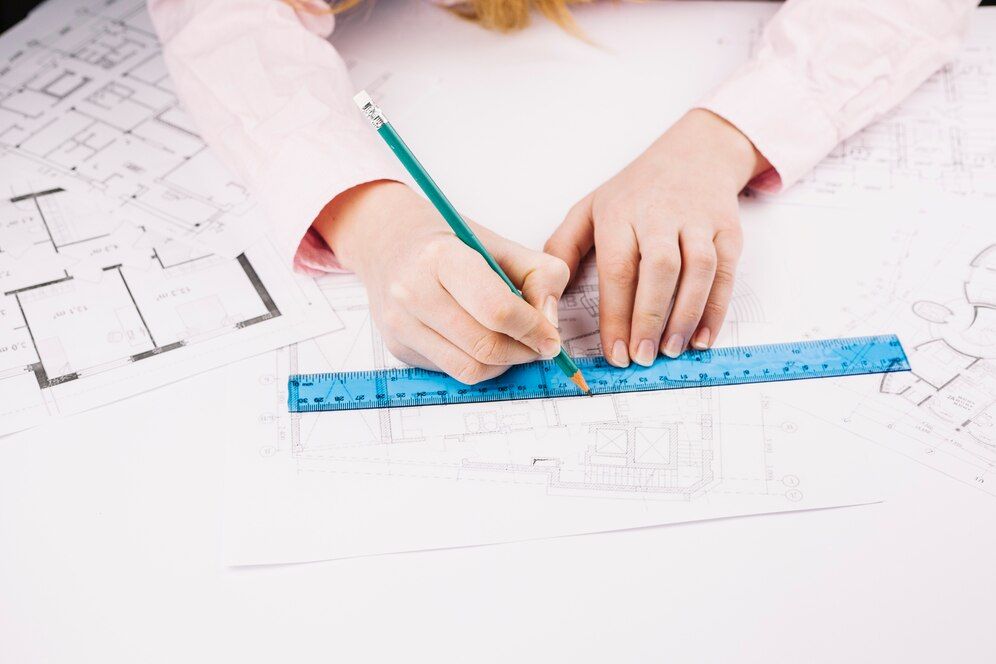Unlock your product's potential with our One-stop solutions!
+86-755-83222882

GET QUOTE
How to Design a Plastic Injection Mold?
Injection molding stands as a cornerstone technology in modern manufacturing, particularly in the realm of plastics. This process involves the injection of molten material into a mold cavity, where it cools and solidifies to form the desired shape. It's a versatile technique capable of producing a wide range of products, from intricate components to large-scale items. Understanding the injection molding process is essential for designers and manufacturers alike to optimize production efficiency and product quality.
Understanding Plastic Injection Molding
Definition and Process Overview
Plastic injection molding is a manufacturing process that involves the injection of molten plastic material into a mold cavity under high pressure. The molten plastic is then cooled and solidified, taking on the shape of the mold cavity. This process is highly efficient and versatile, allowing for the mass production of complex shapes with tight tolerances.
Types of Injection Molds
Injection molds come in various forms, each suited to different production needs and requirements. Rapid injection molds, typically made of aluminum, offer quick turnaround times and are ideal for prototyping and low-volume production. On the other hand, steel molds are durable and capable of withstanding high production volumes, making them suitable for mass production. Understanding the characteristics and advantages of different types of molds is essential for optimizing the injection molding process for specific applications.
Benefits of Injection Molding
Low Production Costs
Injection molding offers significant cost advantages compared to other manufacturing processes. Once the initial setup costs are covered, the per-unit production cost becomes remarkably low, making it ideal for high-volume production. The efficiency of injection molding lies in its ability to produce multiple parts simultaneously, reducing labor costs and maximizing productivity. Additionally, the versatility of injection molding allows for the integration of complex features into the design, eliminating the need for secondary operations and further reducing costs.
Minimal Scrap Rates
Unlike traditional manufacturing methods that generate considerable waste, injection molding minimizes scrap rates by utilizing precise measurements and controlled processes. The design of the mold ensures that only the necessary amount of material is used, minimizing excess waste. Additionally, any surplus material that does occur can often be recycled and reused, further reducing environmental impact and production costs. By minimizing scrap rates, injection molding optimizes material usage and enhances overall efficiency.
Consistent and Repeatable Results
One of the key advantages of injection molding is its ability to consistently produce identical parts with minimal variation. The automated nature of the process ensures that each part is manufactured to the same specifications, resulting in high levels of accuracy and precision. This consistency is crucial for industries that require uniformity and reliability in their products, such as automotive and medical device manufacturing. By delivering repeatable results, injection molding enhances product quality and customer satisfaction, ultimately driving business success.
Key Considerations for Plastic Injection Mold Design
Wall Thickness Optimization
Impact on Injection Molding Process
The thickness of walls in plastic injection molding significantly affects the overall manufacturing process. Optimal wall thickness ensures proper flow of molten material into the mold cavity, minimizing defects such as warping and sink marks. Designers must strike a balance between structural integrity and material usage to achieve the desired outcome.
Recommended Thickness for Different Materials
Different materials have varying requirements for wall thickness to ensure quality and functionality. While the general rule of thumb ranges from 0.08" (2mm) to 0.16"(4mm), specific materials may have their own recommended thicknesses. For instance, ABS resin typically requires a thickness between 0.045 and 0.140 inches, while polycarbonate is best suited for thicknesses between 0.040 and 0.150 inches. Understanding these specifications is crucial for designing molds that meet the unique needs of each material.
Incorporating Ribs for Structural Integrity
Ribs are often added to injection molded parts to enhance their structural integrity without significantly increasing weight or material usage. These thin projections provide additional support and prevent deformation under load. When designing ribs, it's essential to consider factors such as thickness, height, and orientation to ensure optimal performance and manufacturability.
Addressing Sharp vs. Curved Corners
The choice between sharp and curved corners in mold design can impact both aesthetics and functionality. Sharp corners may lead to stress concentration and potential part failure, while curved corners distribute stress more evenly and reduce the risk of defects. Designers should carefully evaluate the requirements of each application to determine the most suitable corner type for optimal performance and durability.
Implementing Draft Angles for Easy Ejection
Draft angles are essential features in mold design that facilitate the easy ejection of molded parts from the mold cavity. By adding a slight taper to vertical surfaces, designers can prevent friction and binding during the ejection process, ensuring smooth and efficient production. Proper draft angles also help reduce the risk of damage to the part and prolong the lifespan of the mold.
Designing Efficient Bosses for Fasteners
Bosses are raised features on molded parts used for attaching fasteners or accepting threaded inserts. Proper design of bosses is crucial for ensuring secure fastening and assembly of components. Designers must consider factors such as wall thickness, base radius, and support structures to prevent sink marks and ensure structural integrity.
Textures and Lettering Guidelines
Incorporating textures and lettering into molded parts can enhance their visual appeal and branding. However, designers must follow specific guidelines to ensure successful implementation. Textures should have a minimum depth and draft angle to facilitate part removal and prevent defects. Similarly, lettering should meet size and font requirements to ensure legibility and durability.
Handling Undercuts Effectively
Undercuts are features in mold design that obstruct the ejection of molded parts and require special attention to address. External undercuts can be minimized through strategic part orientation or the use of side cores, while internal undercuts may necessitate the use of internal core lifters. By identifying and mitigating potential undercut issues early in the design process, designers can optimize mold performance and minimize production delays.
Integrating Inserts for Assembly and Disassembly
Inserts provide mounting points for fasteners or components within molded parts, facilitating assembly and disassembly processes. Proper integration of inserts is essential for ensuring precise alignment and secure attachment. Designers must consider factors such as insert material, placement, and orientation to optimize assembly efficiency and component functionality.
Advanced Tips and Techniques
Utilizing Simulation Software for Mold Analysis
Simulation software plays a crucial role in the plastic injection mold design process, allowing designers to simulate various scenarios and optimize mold designs before fabrication. By analyzing factors such as flow behavior, cooling rates, and part quality, simulation software enables designers to identify potential issues and make informed decisions to improve mold performance and efficiency.
Designing for Specific Manufacturing Constraints
Every manufacturing process comes with its own set of constraints and limitations that designers must consider during mold design. Whether it's material properties, production volume, or cost constraints, designing with these factors in mind ensures that the final mold meets the requirements of the manufacturing process. By collaborating closely with manufacturing teams, designers can develop mold designs that optimize production efficiency and minimize potential issues.
Optimizing Cooling Channels for Faster Cycle Times
Cooling is a critical stage in the injection molding process, as it directly impacts cycle times and overall production efficiency. Optimizing cooling channels within the mold design allows for more efficient heat transfer and faster cooling rates, reducing cycle times and increasing productivity. By strategically placing cooling channels and optimizing their geometry, designers can achieve uniform cooling across the mold cavity, resulting in high-quality parts with minimal distortion and warping.
Also read: How to Design a Plastic Injection Mold?
Common Challenges and Solutions
Warping and Shrinkage Issues
Warping and shrinkage are common challenges in injection molding that can result in dimensional inaccuracies and part defects. To address these issues, designers can implement strategies such as optimizing wall thickness, incorporating ribs for structural support, and adjusting mold temperature and pressure settings. By carefully considering these factors during mold design, designers can minimize warping and shrinkage and ensure the production of high-quality parts.
Addressing Mold Release and Ejection Problems
Mold release and ejection problems can occur due to factors such as inadequate draft angles, improper surface finish, or excessive undercuts. To address these issues, designers can optimize draft angles, apply appropriate surface treatments, and strategically place ejector pins and cores within the mold design. By addressing mold release and ejection problems early in the design process, designers can streamline production and minimize downtime.
Dealing with Complex Geometries
Complex geometries present unique challenges in mold design, requiring careful consideration of factors such as parting lines, draft angles, and undercuts. To tackle these challenges, designers can utilize advanced CAD software and simulation tools to analyze part geometry and optimize mold designs. Additionally, designers can employ strategies such as split-line design, core pulling mechanisms, and conformal cooling channels to accommodate complex geometries and ensure the successful production of high-quality parts.
Conclusion
Mastering the art of plastic injection mold design is essential for achieving success in manufacturing high-quality products efficiently and cost-effectively. By understanding the key considerations, advanced techniques, and common challenges in mold design, designers can optimize the production process and deliver exceptional results.
We invite you to explore SZOMK's full-service offerings and discover how we can help bring your ideas to life. Our team of experts is dedicated to providing professional and tailored solutions to meet our clients' diverse needs. Whether you require assistance with mold design, prototype development, or production optimization, we are here to support you every step of the way. Contact us today to learn more about our services and how we can collaborate to achieve your goals.


